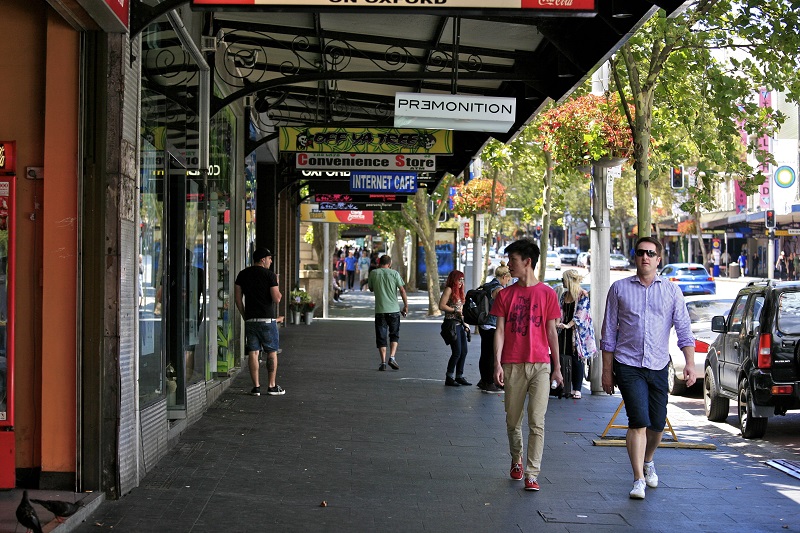As businesses around the UK continue to weather the difficult financial climate, many are reflecting on their store design to ensure it is both safe for returning customers and optimum for their potential takings.
If you are one of these retailers, it is fundamental that you avoid these four common mistakes of high street retail design. Take this opportunity to refresh and reorganize your store so that it best represents your brand and business identity and quality.
Cold Openings
A common routine within the hospitality industry is the event of a cold opening. This allows a small group of people, typically those associated with the restaurant’s staff or local figures, to attend the restaurant privately allowing the restaurant to test its operation. While these do occur within the retail industry, they are far less common. They are also no less useful.
If you have endeavoured to redesign your store or will be opening after a period of closure, consider a cold opening. Doing so will allow customers to highlight any issues as well as give you feedback on designs that you may not have considered.
Lack of Detail
It’s difficult for retailers to see from a customer’s perspective and, over time, it becomes even more of a challenge as smaller details become overlooked to all but a fresh pair of eyes. Because of this, elements of a store’s design, even seemingly innocuous details like standoffs, can end up betraying the quality of a brand. Broken or low-quality displays may seem minor to invisible to a store manager but to a customer, they can speak volumes.
This means that, when it comes to designing your retail space, as well as maintaining its cleanliness and appeal, it is important to pay attention to every aspect and with ongoing consideration.
Beyond Switching On
Lighting is one of the most important aspects of a store’s design. Interestingly, as many modern stores have demonstrated, more light isn’t always essential and low-lit stores, such as Hollister, can actually create an ideal ambience that supports a brand’s identity.
What is essential, however, is that light is considered as part of a store’s retail design. Both natural and electrical lighting can dramatically alter the way products are seen on the shelf, a customer’s sense of navigation, and even how clean a shop appears to be.
Substance Over Style
When presenting your store and product to the customer, it is easy to complicate things. Intricate mannequins, stacked shelves, and numerous cable displays can do well to make your store feel stylish or affluent. However, if they are not considered practically, customers can struggle to navigate your aisles and displays.
For example, Apple’s physical stores remain clean and unobstructed, allowing customers to browse easily, gaining a sense of refinement from the stores understated design. Alternatively, stores like Lush, famously crowd their displays, recreating the feel of an organic market. To balance this, however, they ensure that numerous staff members are always on the shop floor to support customers.









